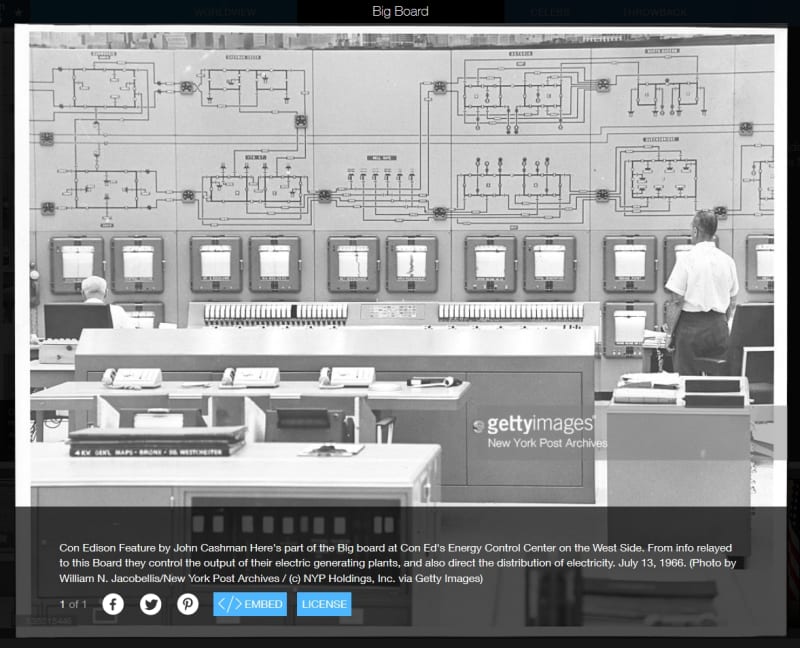Mbrooke
Electrical
- Nov 12, 2012
- 2,546
Not sure where the other thread went but it was getting good replies. Has anyone ever relayed the center breaker in an "H" bus substation? What is typical in such a scheme?
Here is an example of what I have in mind on page 5 from a publicly disclosed report found on Google:
Disclaimer: I have zero affiliation (both past and present) with the companies mentioned in the above PDF. Copy and Pasting pictures from public documents obtainable via Google does not constitute CEII for those concerned.
Here is an example of what I have in mind on page 5 from a publicly disclosed report found on Google:
Disclaimer: I have zero affiliation (both past and present) with the companies mentioned in the above PDF. Copy and Pasting pictures from public documents obtainable via Google does not constitute CEII for those concerned.


![[bigsmile] [bigsmile] [bigsmile]](/data/assets/smilies/bigsmile.gif)
